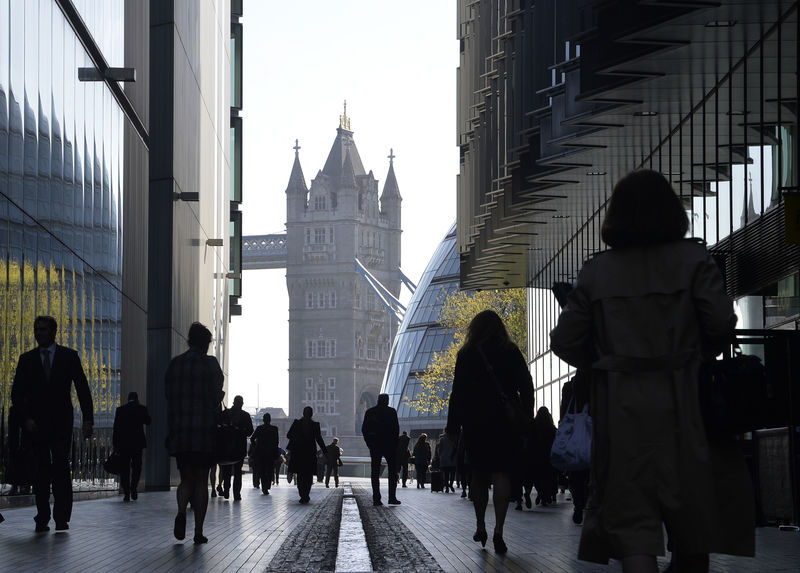Gold bars to be exempt from tariffs, White House clarifies
By Scott Kanowsky
Investing.com -- Growth in the United Kingdom came to a standstill over the previous three-month period in July, according to Office for National Statistics data, signaling the wider impact of soaring inflation on household and business spending.
U.K. gross domestic product for the three months to July came in at 0.0% versus the prior three months. A slide in output in Britain's key services sector was offset by an uptick in production and construction, the ONS said.
The growth rate - which the ONS says is designed to provide a snapshot of the "broader picture" of the U.K. economy - has also showed signs of slowing recently. Consumers and firms face inflation at a 40-year high, which has in turn threatened to weigh on profits and consumer demand. In August, the three-month growth mark dropped by 0.1%.
When focusing in on July alone, GDP increased by 0.2%, slightly below expectations for a rise of 0.3%. Monthly growth had fallen by 0.6% in June, but analysts at ING linked that decline to an extra bank holiday in recognition of the late Queen's Jubilee, saying it triggered an artificial drop in activity in some sectors of the economy.
Economists are now pointing to a positive impact from a planned energy price cap unveiled by new U.K. Prime Minister Liz Truss last week. The ING analysts say the measure should "materially reduce" the depth of an economic downturn this winter, but added that it does not "totally rule out" the risk of Britain slipping into a recession.
Additionally, ING flagged that an extra bank holiday in September due to the funeral of Queen Elizabeth II may lead to similar volatility in the data over the next two months.
"[W]e’ll most likely need to wait until later in the fourth quarter to get a clearer sense of where the economy is headed, at least looking through the lens of the GDP numbers. For now, it looks like third-quarter growth will be largely flat, and the fourth quarter slightly negative," the ING analysts wrote in a note.
